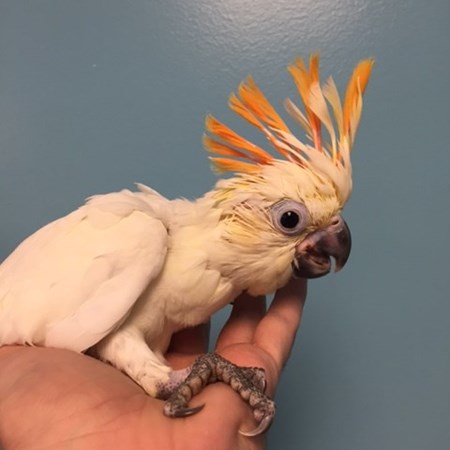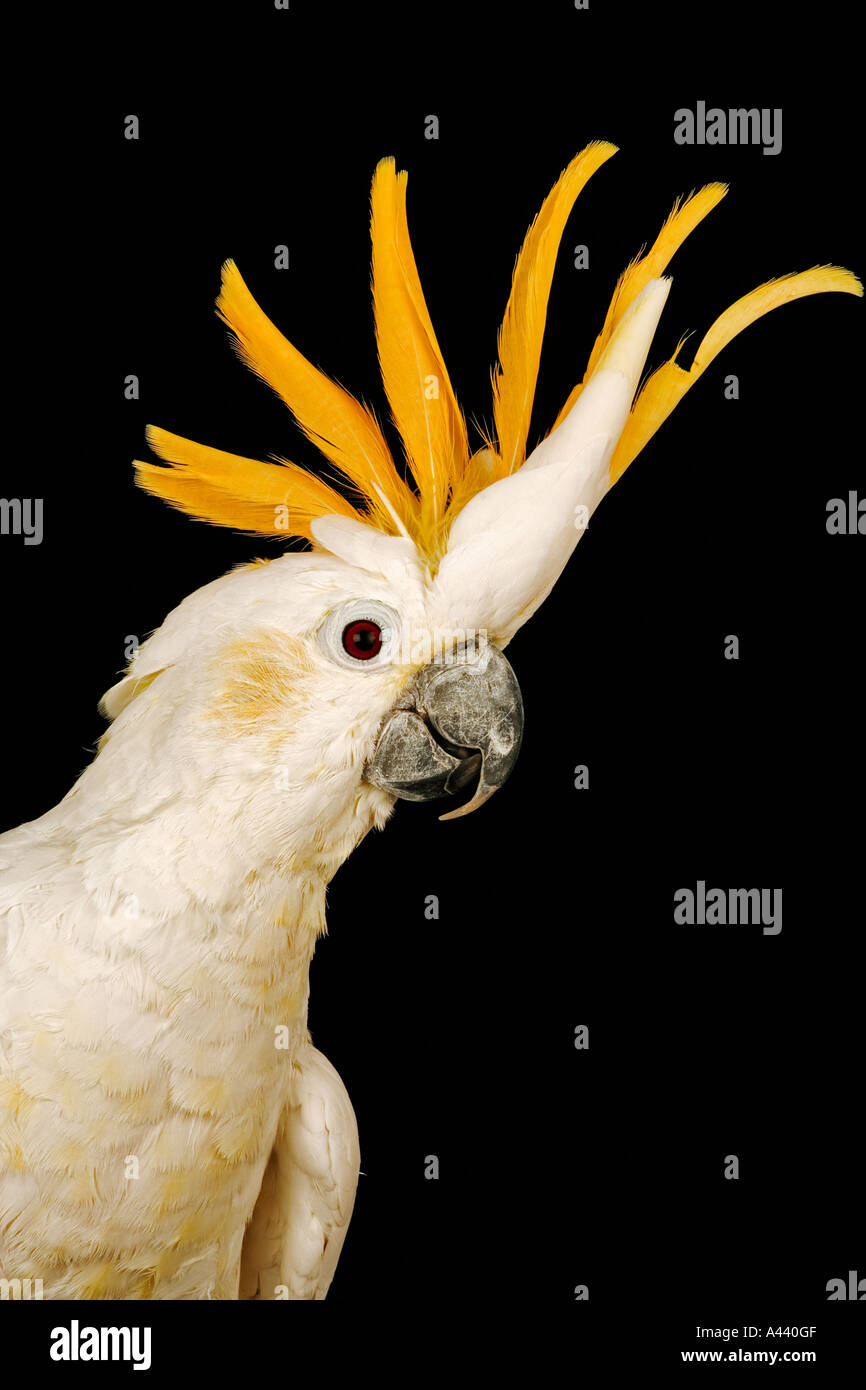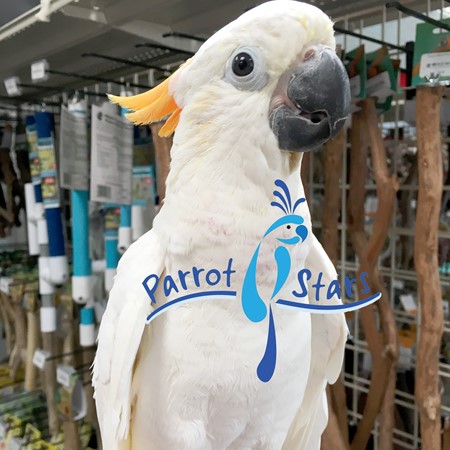

You can refine your searches even further by combining "+", "-" and your search words. For example, search for "Grand Canyon" (with the quotes around phrase or name) will result in all images with "Grand Canyon" as part of their reference information. Search Pics4Learning for exact phrases or proper names by putting quotation marks around your search words. Remember to put a SPACE between the "-" and your search words. For example, searching for "food - apples" will result in images that have "food" but DOES NOT contain "apples" in the reference. Placing a "-" will exclude the next word from the list. Sometimes you may find the need to exclude words from a search results. Remember to put a SPACE between the "+" and your search words. For example, searching for "cactus + flower" will only result in images that have both "cactus" AND "flower" in the reference. You can have Pics4Learning search for all the search words by placing a "+" in between the words you wish to search for. For example, if you did a search for "finn dog", the results would be for any image that contained either "finn" OR "dog" in the reference.

For example, "San Francisco", "san francisco" and "SAN FRANCISCO" will all return the same thing.īy default, Pics4Learning returns images that contain any of the search terms entered. What this means is no matter how you type in the case of the searches, it will return the same results. Pics4Learning searches are not case sensitive. Searching for "Yellowstone" is more precise, and will result in images with "Yellowstone" in the reference for the image. For example, searching for "yellow" will result in everything that is referenced as "yellow". The more precise you are, the better your results will be. Nests are in tree cavities with specific requirements such as a chink in a trunk or branch or a pre-existing cavity made by another species, often in dead, snagged or rotting trees.To search Pics4Learning, type in a few words that may describe the images you are looking for. Groups gather at dusk to roost.Ģ or 3 elliptical eggs, 41.0 x 27.0mm (1.6 x 1 in). Usually in pairs or small groups, with larger groups gathering in fruiting trees. Also will take bananas, mangoes, papaya, figs, guavas, and other cultivated fruits. Seen in woodland and cultivated areas from sea level up to 500m.Įats seeds, berries, flowers and leaves and leaf buds. Restricted to Sumba in Lesser Sunda Islands, Indonesia. Forest loss on Sumba is also accelerating.

Over the last three generations (1978-2021), the wild population is estimated to have declined rapidly due to past trapping. Socialization, bathing using overhead misters or misting bottles chew toys (made of bird-safe wood and vegetable tanned leather), fir, willow, pine and elder branches, different sized perches.ġ2" x 12" x 24" (30.5cm x 30.5cm x 61cm) or 12" x 12" x 36" (30.5cm x 30.5cm x 91.5cm) vertical box. Mix of small seeds: canary, oats, safflower spray millet limited sunflower seed, dry, soaked or sprouted sprouted pulses such as mung beans, cooked butterbeans and lentils boiled maize green leaves such as: Swiss chard, lettuce, sowthistle, dandelion, chickweed fresh vegetable such as: corn, carrot, celery, zucchini, green beans or peas in the pod fruit such as: apple, pear, orange, cactus fruits and bananas nuts such as: walnuts, hazelnuts, pecans and roasted peanuts complete kibble. They live mainly in tropical forests or on the edges of forests. Walk-in aviary, minimum length 4.5m (14.7 ft). The citron-crested cockatoo is only found on the island of Sumba in Indonesia. Related publications: Cacatua citrinocristata


 0 kommentar(er)
0 kommentar(er)
